A couple weeks ago David Lasnier and I drove out to Chicago for Perform Better’s 3-Day Summit. We were both excited for the summit, but we were both equally as excited for the drive. I know some people loathe car rides (Emily averages about 3-6 minutes before she falls asleep…even when she’s driving), but we both love them. Aside from enjoying the luxurious comfort of my ’99 Saturn 4-door family sedan, it gives us an opportunity to talk shop, catch up about life, and finally settle the ongoing battle of who has the highest caffeine tolerance.
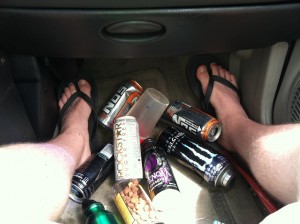
I win
A few of the highlights from the trip:
Talks
Naturally, it would be impossible for me to recount everything I learned from an event of this magnitude. Below are a few of the more “big picture” take homes:
Success Secrets from Mike Boyle
This was arguably the best talk of the event. As far as I know, this was the first time Boyle told his story publicly. Not exactly the “overnight success” that so many young coaches seem to be chasing (myself included at times!)
- It’s not a goal until you write it down. Write down your goals, specifically, and great things will happen.
- Your income is directly proportional to the number of people you help. Help more people achieve their goals, make more money.
- “Most people give up right before the big break” Keep building positive habits and opportunities will come.
- Anyone who is excellent in anything gets paid. “This is not about putting in your twenty and getting a pension. It’s about changing people’s lives and leaving a legacy.”
- During the apprentice years, be prepared to work two jobs and volunteer. Not an easy time, but a great opportunity to develop a lot of experience and hone your coaching skills.
- Pay it forward. Help as many people as you can. This just comes down to being a good person, but you never know how/when things will come back around for you.
Building Better Athletes from Robert Dos Remedios
First time I heard Coach Dos speak. Awesome presentation and great guy. Inspiration below:
- “The harder you work, the harder it is to give up.”
- Don’t allow athletes to bend over. “Don’t show the world you’re tired.”
- “The will to win is nothing compared to the will to PREPARE”
Anatomy Trains in Training from Thomas Myers
This was the second time I got to see Myers speak in a 3-week time span. Major take homes:
- All symptoms are patterns
- 10x as many nerves in fascia as muscles; fascia is an incredible sensory source
- Experimentation becomes gesture. Gesture becomes habit. Habit becomes posture. Posture becomes structure.
- Fascia transmits forces; idea of tensegrity.
- Fascia is elastic and plastic, and typically gets injured as a result of moving too fast.
- The entire concept of individual muscles is a result of scalpel-driven dissections. Idea that we have 600 muscles is not as accurate as us having 1 muscle in 600 fascial pockets
- Concentrically loaded structures need manual work along fibers; eccentrically loaded structures need work across fibers.
Evolve or Die from Thomas Plummer
First time I’ve heard any of Plummer’s information. Calling him animated would be a drastic understatement.
- This is the “results age”. People don’t want features; they want progress
- People buy expertise, not motivation (we have energy drinks for that).
- 3,000-8,000 sq ft is an ideal facility space
- “Up your presentation” If you want to have a premier facility, make it look that way.
- Facilities should offer 5-6 price points for services scaling from basic to very in-depth.
Barefoot Training from Mark Verstegen
I’ve followed a lot of Mark’s work, but I had never heard him speak. Great presenter (as was the case with most of the presenters I saw).
- Shoe-wearers demonstrate a progressive narrowing of the anterior portion of the foot and degradation of joint ROM
- Idea is that modern “stability” shoes lead to decreased proprioceptive input to foot and lower body, which may lead to decreased arch and foot strength
- 30-75% of runners get injured every year. Knee is most common injury site.
- Before ANYONE starts barefoot training, they need to demonstrate some basic level of overall fitness and have proper running mechanics
- Barefoot training will not automatically correct poor movement patterns, but may help expose them.
- Big take home concept from this presentation was that people shouldn’t blindly dive into switching all of their training over to barefoot or minimalist shoes. Like every aspect of performance training, precautions and progressions are of paramount importance.
The Compliance Solution from John Berardi
Dr. Berardi is another guy whose work I’ve studied for the last 5 years or so. His perspective was refreshing and dedication to continual improvement was inspiring.
- Take responsibility for client’s results AND compliance
- Talk to clients in a way that is more likely to make them change (don’t be an asshole; be inspirational)
- Coach both sides of the brain (Left: Logical, analytical, scientific, etc.; Right: Emotional, artistic, questions reason, etc.)
- Give 1 habit at a time; make them small, clear daily habits. Compliance drops from 85+% to <35% when moving from 1 to 2 habit assignments.
- Ask “how confident are you that you can do this habit?” before letting them loose. If they know in advance they can’t do it, adjust to make it easier.
Social
With the caliber of speakers at this event, I knew I’d come away with a few new ideas on how to improve our programs at Endeavor. That said, I learned just as much outside of the presentations as I did in. David and I stayed with Kyle Bangen, the Head Strength and Conditioning Coach at Michigan Tech, so the three of us spent a lot of time together. On Friday, we grabbed lunch with Coach Boyle and got to catch up a bit about how things are going at BU and MBSC. What really stood out to me is how “famous” Boyle was at this event. It literally took us 30 minutes to walk a couple hundred yards from one end of the conference center to the other because so many people grabbed him along the way. Probably more notable was how genuinely happy Boyle was to see/meet each one of them. Boyle continues to have a huge influence on my career; he’s been a great mentor for me, both in terms of providing current insight into training methodologies and shaping my overall character. I hope to reach a point in my career when I can reminisce about my experiences working at the NHL (still holding out for the Flyers to call) and Olympic levels, and helping other strength coaches do the same.
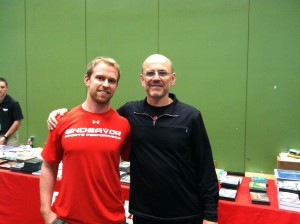
Me and Coach Boyle in the back of Gray Cook’s talk
About an hour later, David and I were completely tanked and in desperate need of a coffee. Right at that time, Charlie Weingroff walked by with a not-so-inconspicuous ziploc bag full of Red Line, or as he calls it, “liquid courage”. David must have stopped at 4 7-11’s looking for Red Line on that trip with no luck. Charlie must “know a guy”.
Chris Poirier and the PB team hosted a social that night. I spent the majority of the time catching up with Darryl Nelson and Maria Mountain, and I got to meet fellow-hockey strength and conditioning coach Anthony Donskov. I told Chris later that it was cool that the event was so-well attended that we could have a mini hockey-specific mastermind there. It was interesting to learn that we all had very few differences philosophically. The major differences in execution came down to what we were able to implement logistically in our setting, which is what we spent the majority of the time talking about. If I had an opportunity to redesign our facility from scratch I would knock down a few walls to ensure complete visibility. A huge design mistake that is a constant consideration in how we design programs and structure the flow throughout the facility.
After the social we went back to our hotel…slash water park. A view from our room balcony:
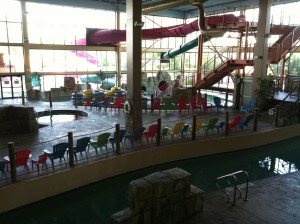
Our hotel pool had a moat around it
The next day was awesome. David, Kyle, and I had another “hockey training meeting” at lunch with Maria Mountain and Anthony Donskov. I wish I would have recorded this lunch. A lot of great ideas thrown around from really bright people. Before the day wrapped up I got a chance to catch up a bit with John Berardi. I’ve been following John’s work for several years now, and still believe that his book Precision Nutrition is a must own for athletes and non-athletes alike. The results John showed from his online training clients were pretty remarkable, and as I mentioned above, his realization that a lack of information isn’t as much of a problem as us relying on a poor delivery vehicle for this information is dead on. We talked about the idea of putting together a “dripped” information system so that our athletes could receive nutritional habits based on their body composition goals to focus on every couple weeks with a few tips in between on how to implement or stay on track with the habit. Ultimately I think this is the direction we’ll go with our athletes; it’s just a matter of whether I’ll wait for him to design the product or if I’ll team up with someone to do it myself.
I don’t remember when, but at some point I caught up with Gray Cook and Brett Jones in the lobby. Both of these guys were awesome to talk to. Most of our hockey players have really jacked up feet, so I was looking for some insight from Brett on when he does and doesn’t recommend orthotics. We have an inordinate number of hockey players that present with flat feet and I’m not at all convinced that it’s a purely structural problem. I am, however, convinced that foot alignment and control is of paramount importance in human performance, even in hockey players. Ultimately I think I’ll end up paying Charlie to do an in service for our staff on the issue because he seems to have a better hold on it than anyone else I’ve talked to, but until then I’m still searching for answers elsewhere and Gray and Brett are as bright as they come.
Because we had a 14 hour drive home and we lost an hour with the time zone change, David and I decided we were going to leave first thing Sunday morning. And while I came for training information, I wasn’t going to leave Chicago without a slice of authentic deep dish pizza.
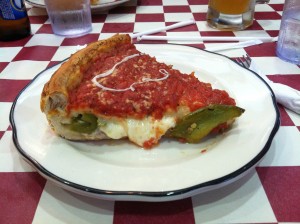
Most filling pizza ever
If you’ve been on the fence about attending one of the Perform Better Summits in the past, I highly encourage you to take the plunge next year. The presenters are world class, there is a lot of really bright attendees and they’re just generally fun. Hopefully I’ll see you there next year!
To your success,
Kevin Neeld
Please enter your first name and email below to sign up for my FREE Athletic Development and Hockey Training Newsletter!







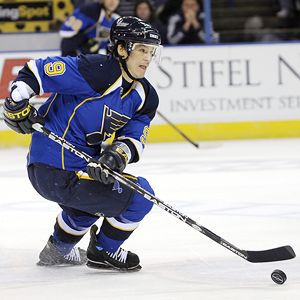


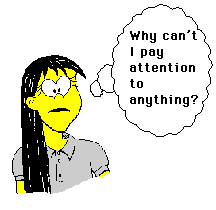
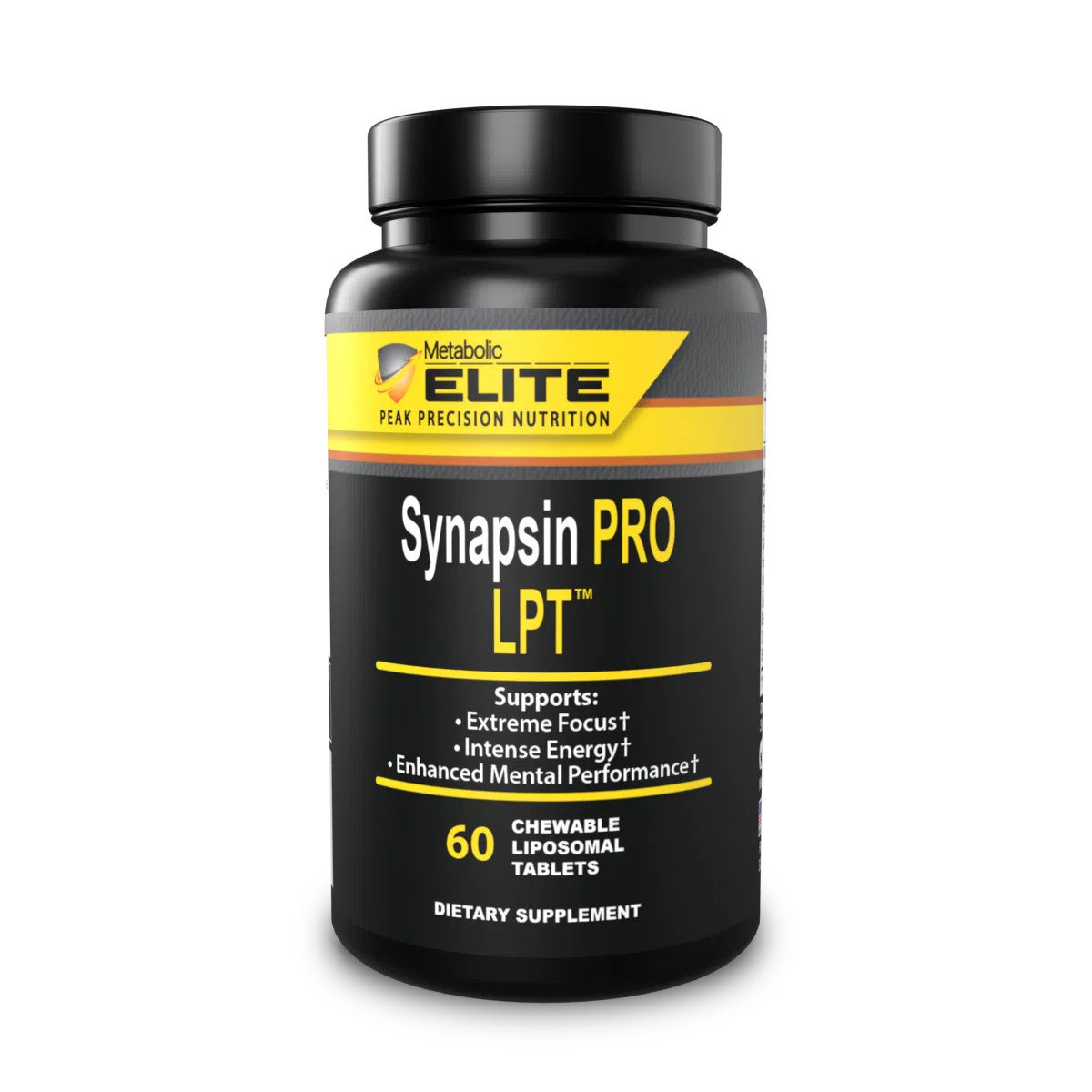 Use CODE: "Neeld15" to save 15%
Use CODE: "Neeld15" to save 15%